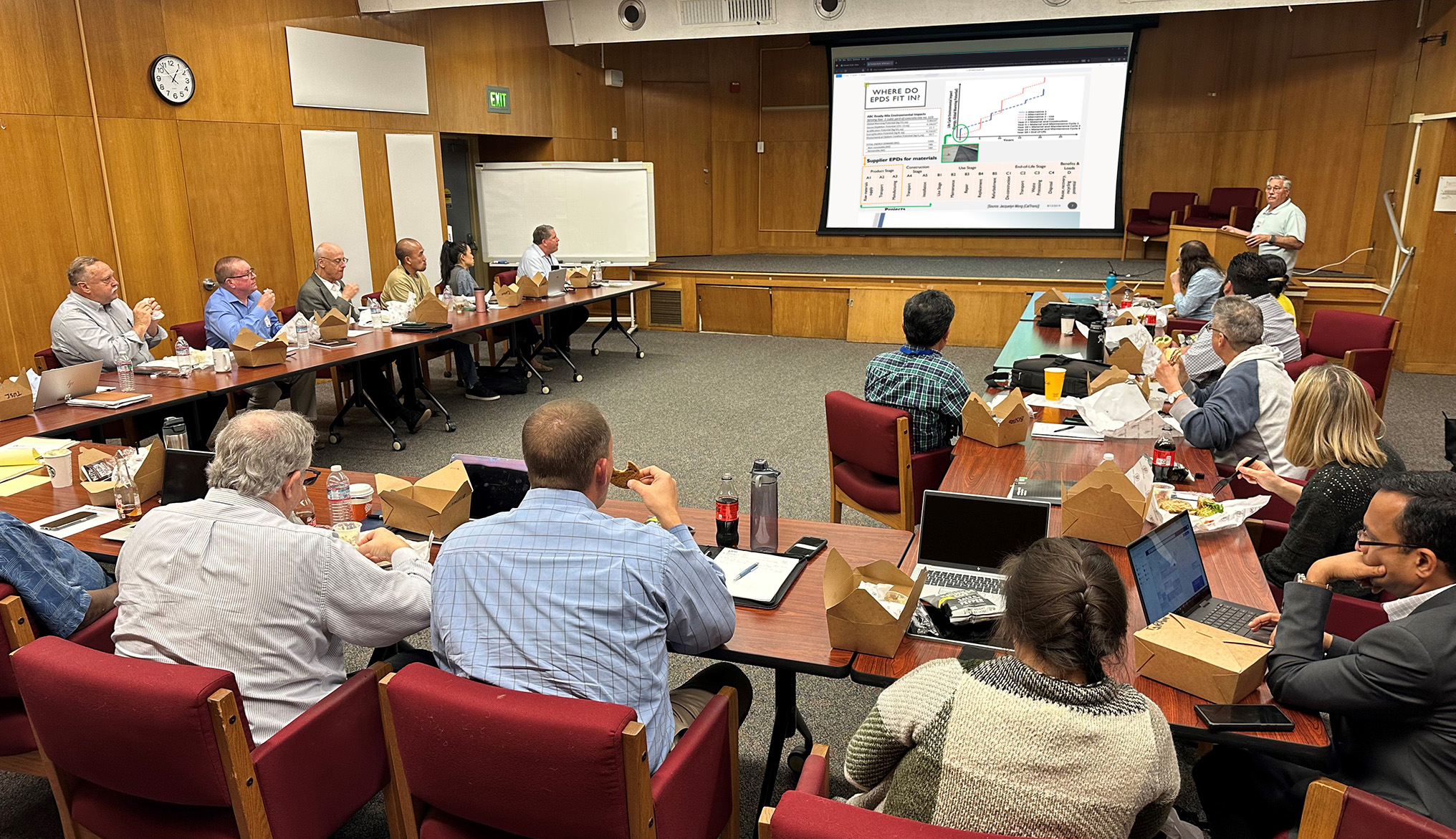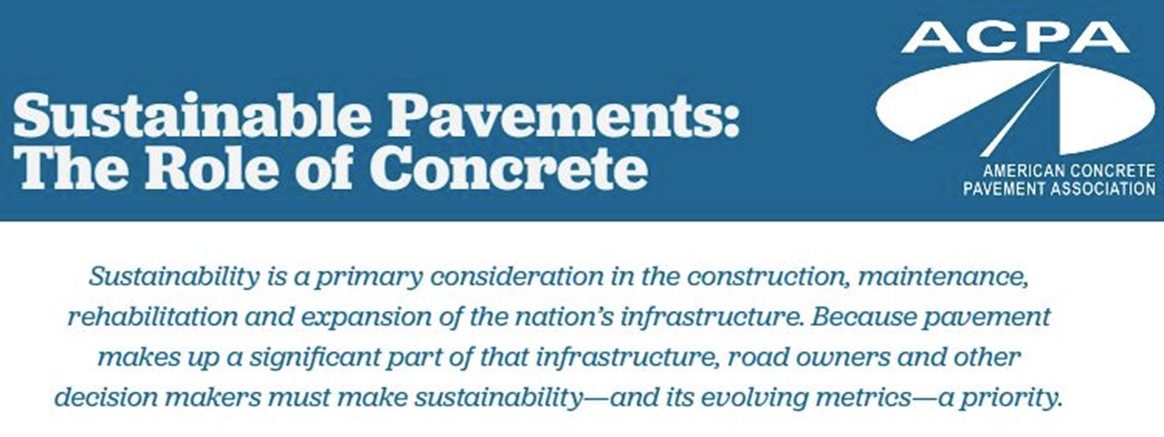On Wednesday morning, April 19th, SWCPA Executive Director Charles Stuart took to the stage at Caltrans’ Translab in Sacramento to host the Carbon Reduction Strategies for Concrete Pavements Workshop.
To begin the event, he introduced the objectives of the workshop: Learning about carbon reduction strategies for concrete pavement; Looking at the roadmap options; and Determining the next steps Caltrans and the concrete pavement industry can take to measure and reduce carbon emissions related to California concrete pavements.
Charles then brought Eric Ferrebee, ACPA’s Senior Director of Technical Services, to the podium, who presented his white paper, “Concrete Pavement’s Role in a Sustainable, Resilient Future” to an engaged audience, which frequently posed questions throughout his presentation.
Following Eric, Executive Director of the California Nevada Cement Association Tom Tietz spoke on the “California Cement Industry Carbon Neutrality Plan,” highlighting the aggressive path that the industry is taking to reach Net Zero by 2045.
Dr. Larry Sutter took the stage next to talk about “SCMs, Cement, Demonstration Projects, and a Review of Recent Results from the MnROAD Research on Sustainable Pavement Materials.” His presentation of MnROAD, a pavement test track in Minnesota, stimulated interest from key members of the Caltrans audience in developing a similar pavement test track here in California to learn ways to make roads last longer, perform better, cost less to build and maintain, be built faster, and have minimal impact on the environment.
Wrapping up the workshop, Larry Scofield, Director of Engineering and Research at the International Grinding and Grooving Association, presented “Diamond Grinding for CO2 Reductions.” An amazing benefit of concrete pavement is that it absorbs carbon dioxide. As the concrete surface is exposed to atmospheric carbon dioxide, the calcium hydroxide and calcium silicate hydrate in the hardened cement paste react chemically with the CO2, converting back to limestone and recapturing the equivalent of some of the CO2 that was emitted during production. This carbon capture is known as carbonation. With diamond grinding, more concrete surface area is exposed to the atmosphere, and subsequently, more CO2 is absorbed.
Charles Stuart thanked everyone for their participation in what proved to be a lively discussion on what Caltrans and the concrete pavement industry can achieve working together to reduce the CO2 impact of California’s roadways.



